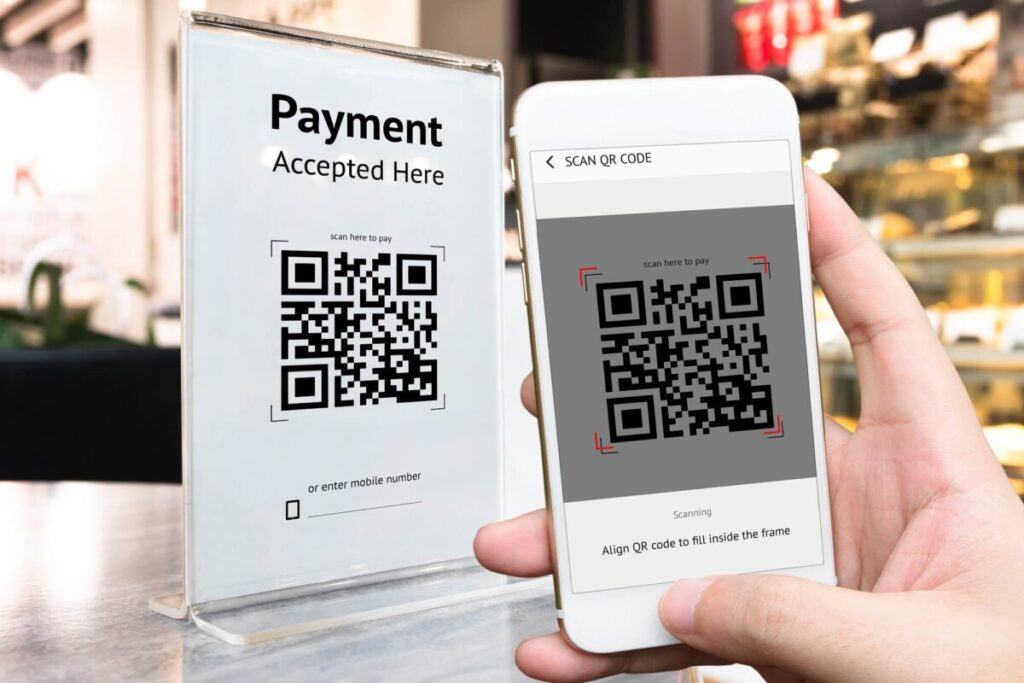Apple Pay QR Code- Apple Pay Coming to India Soon Updates on Talks with NPCI

Apple Pay will allow iPhone users to scan QR codes and make transactions through the Unified Payments Interface (UPI), exactly like PhonePe, Paytm. Google Pay, and other digital payment applications.
Apple has also reached out to Indian banks and government officials to introduce a credit card in the country. During his April trip to India, CEO Tim Cook conferred with HDFC Bank CEO and Managing Director Sashidhar Jagadeesan.
Apple and India’s central bank, the RBI, discussed the card’s technological and operational aspects. Moneycontrol reported that the Reserve Bank of India told Apple to follow co-branded credit card criteria and refused to grant any exceptions.
Apple Pay uses near-field communication (NFC) to let users pay by holding their iPhone or Apple Watch near a reader. Apple Pay uses NFC technology for contactless electronic payments. However, most Indian smartphones and point-of-sale terminals do not support NFC, making Apple Pay deployment outside Tier-I cities difficult.
Apple and the National Payments Corporation of India (NPCI) may launch Apple Pay in India. The global tech giant is concluding plans to launch an Indianized edition of its digital payment’s app after preliminary negotiations.
According to IANS, Apple Pay, like other popular digital payment apps, will soon allow iOS users in India to scan QR codes and make UPI transactions.
Like users of other popular digital payment apps, iPhone users in India may soon be able to use Apple Pay to scan QR codes and communicate with the universal payments interface (UPI).
Apple and NPCI have both avoided commenting on the matter. Neither company has disclosed the specifics of the discussions nor the anticipated launch date.
The UPI is a prime example of India’s growing innovation ecosystem. In the past year, 75% of all digital retail transactions in the United States have been conducted using UPI. According to the NPCI, UPI’s massive popularity would be demonstrated by the fact that its daily transaction volume will approach 1 billion by 2026–27.
Apple Pay allows you to make purchases quickly, safely, and privately from your iPhone, iPad, Apple Watch, or Mac. Apple Pay allows you to add credit, debit, and prepaid cards from participating banks and card issuers.
More individuals will be able to take advantage of the ease and safety of digital payments thanks to Apple Pay’s expansion into India and other nations.
This year in the United States, Apple introduced Pay Later in addition to its existing Apple Pay service. Customers can split the cost of their purchases into four interest-free monthly instalments.
The possible introduction of Apple Pay in India is exciting because it might revolutionise the way iPhone users in that country make purchases. As discussions progress, additional information regarding the launch plans and features tailored to the Indian market is anticipated to emerge.
Why does India receive the Apple Card before other Asian countries?
iPhone sales in India have surged after Apple prioritised the country as a strategic market. Apple’s revenue in India increased by 50% from FY22 to FY23, reaching about Rs 50,000 crore ($6 billion). Approximately $80 billion is the company’s global services revenue. Considering the potential to convert a substantial proportion of transactions, the introduction of the Apple Card in India could have a major impact.
Apple opened exclusive retail stores in Delhi and Mumbai during Tim Cook’s April visit to India and has been progressively shifting iPhone production to the country. In the coming years, China could account for approximately 25 percent of Apple’s total mobile phone production.
Apple has approximately two crore smartphone users in India at present, good for a 4% market share. If 20-30% of Indian smartphone consumers make the conversion to iPhones over the next decade, the country may overtake the United States and China as Apple’s third largest market, just as has happened in other middle-income countries.As per the Simranjot study, since Apple prioritised the Indian market, iPhone sales there have exploded. In India, Apple had a 50% increase in revenue from fiscal year 22 to fiscal year 23, reaching almost Rs 50,000 crore ($6 billion).
It’s possible that India’s lack of infrastructure to support card payments played a role in Apple’s choice to launch the Apple Card there before Japan or Europe. Except for iCloud storage and music, UPI (Unified Payments Interface) powers the majority of App Store purchases in India.
Threats to Apple
The Apple Card is optimised for use with Apple Pay, and any rewards or cash back the cardholder receives are sent directly into their Apple Wallet, where they accrue interest at a rate of 4.15 percent per year.
One unique aspect of the Apple Card is that there are no yearly fees.Users in the United States can make interest-free monthly payments on their Apple purchases using the Apple Card. Customers who spend over $35 on Apple products and services can get a rebate of between 3% and 5% of their total. Apple may join together with other luxury brands to offer a cash or point refund of 3% to 2% to customers who shop with those brands.
Apple may be unable to perform many tasks in India, including issuing the card itself. In addition, they will be unable to introduce the tangible titanium card as they have in the United States. This is the case because credit cards in India are extensively regulated, and the RBI has regulations regarding what banks may offer and charge credit card customers.
Additionally, the RBI issued a directive last year prohibiting banks and their partners from storing consumer or transaction data. This also applies to the Apple Card, so Apple cannot store card information on its platforms in India. This regulation diverges from Apple’s operations in other countries.
Keep up with Simranjot Kaur to read similar updates and insights.









